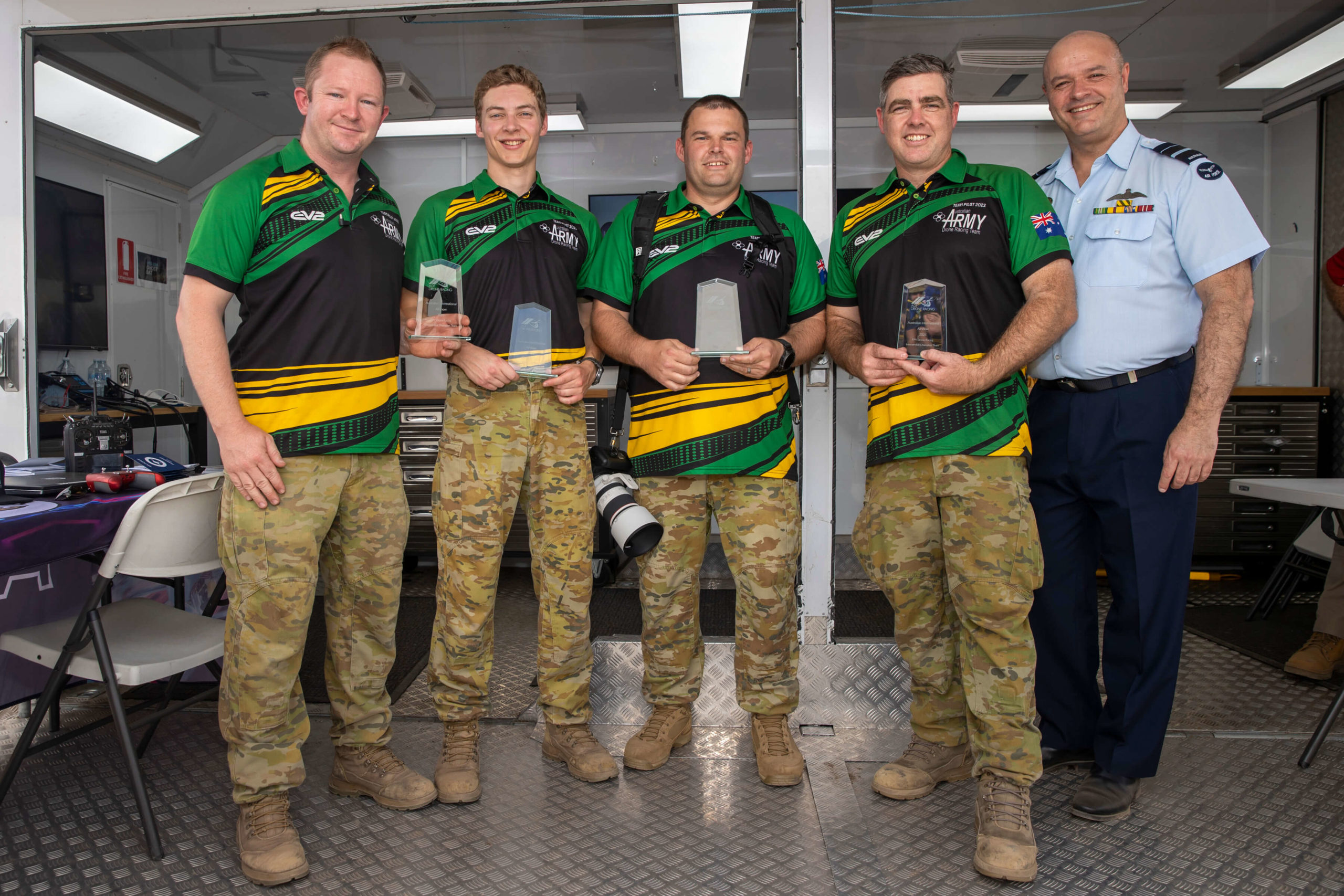By Robbin Laird
On June 5, 2025, I had a chance to talk with Air Vice-Marshal Nick Hogan, the Head of Air Force Capability within the RAAF about the challenges and opportunities of incorporating autonomous systems within the Australian Defence Force and the impact this will have on the force.
Australia stands at the threshold of a strategic opportunity that could fundamentally reshape its defense capabilities. Australia faces a paradigm shift that could multiply Australia’s defensive capacity while creating new opportunities for domestic industry.
Autonomous systems are not simply unmanned versions of traditional platforms. They are essentially payload carriers that perform specific tasks for operational forces rather than replacing them. They are not multi-mission platforms which is the focus of traditional manned systems.
Rather than designing systems to perform multiple roles over 30-year lifespans — like the F-35 fighter jet — autonomous systems are conceived as single-purpose, task-specific tools that can be rapidly developed, deployed, and evolved. This shift requires new concepts of operations and, crucially, different relationships with industry partners.
Australia’s investment in the MQ-28A Ghost Bat provides the foundation for this transformation. Hogan sees this not as an end product but as a stepping stone toward a sovereign capability built on open systems architectures. By collaborating with partners and using government reference architectures, Australia can create platforms that allow for rapid digital design and testing with minimal flight-testing requirements that integrate with allies and partners.
The key is moving toward what Hogan calls “containerized software” approaches — plug-and-play payloads that work across different platforms, avoiding vendor lock and enabling smaller companies to compete based on payload effectiveness rather than platform integration capabilities.
This vision demands a radically different relationship with industry partners. Instead of the traditional vendor-locked arrangements exemplified by programs like the F-35, Hogan advocates for what he calls “intimate relationships” with industry — sharing cost constraints and fiscal targets to enable collaborative solutions.
“Opening up the books on both sides, so you can both see the constraints that you’ve got, you can work together to get a common solution,” Hogan explains. This approach has already shown promise in Australia’s work with Boeing Defense Australia, providing insights into what works well and what doesn’t in industry partnerships.
This model enables small and medium enterprises to compete on equal footing with large primes, focusing on payload effectiveness rather than platform integration. The result is a more dynamic, competitive environment that can drive rapid innovation and cost-effective solutions.
In my view, another key requirement of this approach is to get these systems into operators’ hands quickly for operational evolution rather than being captured by lengthy acquisition processes. My view is that it’s a question of the fighting force being able to get priority to provide operational evolution of these kinds of systems, rather than leaving them captured by the acquisition bureaucracy.
The ultimate vision is to shape a mosaic of capability —commanders having access to flexible, changeable, and dynamic combinations of manned and unmanned systems across air, maritime, and ground domains. This approach moves away from relying on single-purpose platforms for decades toward a more adaptive, responsive capability mix.
This mosaic approach will enable area commanders to look at specific operational requirements and determine the optimal mix of assets to achieve desired effects. It’s about maximizing effects rather than maximizing platform capabilities.
The technology exists, the operational concepts are being proven, and the industrial base is ready to respond. But the path forward requires several key elements:
- Institutional Reform: Acquisition processes need to prioritize operational evolution over traditional platform procurement approaches. This means getting systems into operators’ hands quickly and allowing them to drive further development.
- Industry Partnership: New models of collaboration that share constraints and targets while enabling competition based on effectiveness rather than integration capabilities.
- Cultural Change: Training and organizational development that helps personnel conceptualize and employ these new capabilities effectively.
- Standards and Architectures: Government-maintained standards that enable interoperability while avoiding the fragmentation that would come from multiple incompatible systems.
There is the tremendous potential and the significant challenges inherent in this transformation. Success could multiply Australia’s defensive capacity while creating new opportunities for domestic industry. There is a generational opportunity to reshape defense capabilities for the challenges ahead.
Featured photo: Australian Army Drone Racing Team pilots were presented the Inter-Service Championship Team award by Air Vice-Marshal Nicholas Hogan, CSC – Head of Air Capability, during a drone racing event at the Australian International Airshow 2025 at Avalon Airport. March 3, 2025. Credit: Australian Department of Defence


